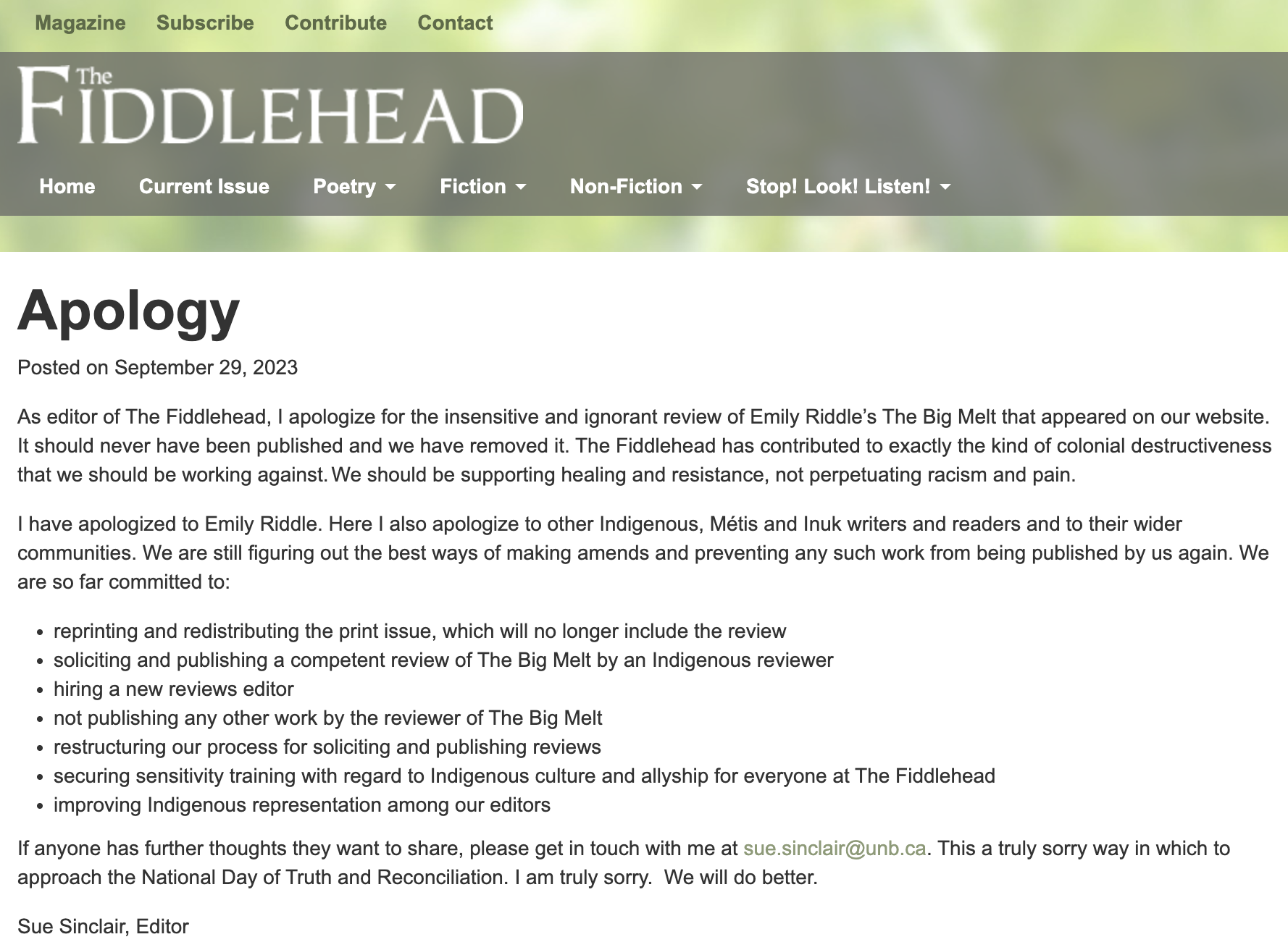 On June 11, 2015, I submitted twelve queries for my collection of short stories titled No Call Too Small. Seven publishers responded within six months, one took over a year, three included extensive comments after serious consideration, and four have not responded at all. The last number is the most annoying.
On June 11, 2015, I submitted twelve queries for my collection of short stories titled No Call Too Small. Seven publishers responded within six months, one took over a year, three included extensive comments after serious consideration, and four have not responded at all. The last number is the most annoying.
I don’t pretend to understand the inner workings of a small press, but the general story seems to be that the workers are either underpaid and overworked or unpaid and overworked. Both groups are overwhelmed by the height of the slush pile. Given the extreme power imbalance between writer and publisher, this situation never has to change. Publishers don’t need to respond in a timely manner. They don’t need to respond at all because those manuscripts will keep coming no matter what they do. There are no consequences for ignoring submissions, but that isn’t my point. When some houses respond in a reasonable time frame, even though they don’t have to, we know there are other forces at work. Those editors realize that it isn’t ethical or professional to leave writers hanging for over a year. A higher level of service is internalized in their culture.
Small presses, if you accept me as king for a day, I have a few suggestions:
1. Limit submissions to three pages. If you don’t like me at page three, I doubt you’ll be a fan 50,000 words later. If you want more after three pages, I’m happy to oblige.
2. Two-step response. If the answer is no, a quick email with that word in the subject line will do. If the reader feels compelled to offer detailed notes later, I welcome all critiques and suggestions, but a speedy initial rejection is an act of mercy. I want to get on with my life.
3. Tiered rejection. The first tier of rejection, done within a few weeks, should quickly eliminate 70% of the slush pile by dividing submissions into maybes and definitely nots. A rejection that comes this fast shows I wasn’t even close. If I have a response in three months, I know at least one reader liked it. If it takes six months, I can assume it was discussed and debated by the board. Under this system, the response time would be a message on its own. If I’m consistently rejected within two weeks, I know that my work is not ready for submission. Currently, there’s nothing I can assume from response times that vary from a week to a year. Tiered rejection would provide additional information without adding more work for the board.




These are all very reasonable suggestions from Mr. Martens. It’s really shameful how some small presses treat writers who are submitting. If they, the presses, are going to be participating in the publishing ecosystem in the same way that the writers are trying to do as well, then the presses need to take responsibility for their role. It’s just a lame excuse of laziness and lack of even the basic fundamentals of organization to say that there are too many submissions, the backlog is this high, we don’t have the staff to deal with the volume, and on and on. If you don’t have enough staff to handle submissions in an efficient way, then don’t accept the submissions in the first place.
The situation does seem fairly outrageous, but there’s a part of me that wonders if there’s something I’m missing about the small press world. Would it all eventually make sense if I worked at a small press for a few years? I’m not sure. I wonder if year-long delays are accepted because that’s the way it’s always been. Clearly, there are those who abuse the power imbalance and those who do their best to treat writers with respect.